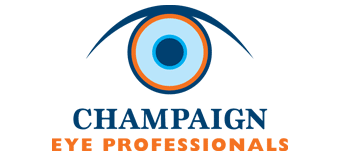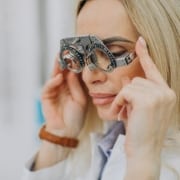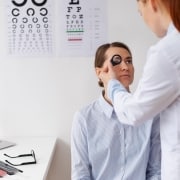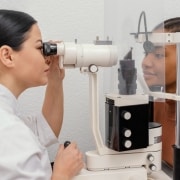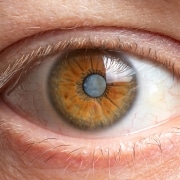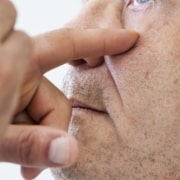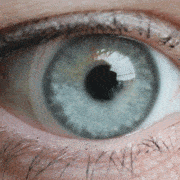Will Drug Store “Cheaters” Hurt My Eyes?
If you’re having trouble reading a book’s small print, or you have trouble choosing food from a restaurant menu in dim light, can inexpensive “cheaters” solve the problem without harming my eyes?
Champaign Eye Professionals in Champaign, Illinois, recommends that you schedule a thorough examination any time you feel your vision has changed. We can determine whether “readers” will help, or if you need corrective lenses or contacts. The ability to see clearly should always be your goal.
Don’t hesitate to ask us about all available options.
Let a Professional Evaluate Your Vision
Purchasing magnifiers can be beneficial for reading, or for close detailed work like sewing, but only an examination by a trained specialist can detect other eye conditions that can threaten your sight.
Inexpensive magnifiers are not always the best option for the continued health of your eyes. While they do reduce strain to some extent if used for short periods of time, they should not be viewed as a solution to what may be more serious vision defects.
A routine vision check is the best way to ensure that your eyes will serve you well throughout your lifetime. Your eye doctor relies on specialized training and modern technology to analyze your vision and look “inside” your eyes to make certain that the blood vessels, nerves, and tissues are functioning properly.
Schedule Routine Vision Screenings
During a comprehensive exam, your optometrist or ophthalmologist performs several tests to check your vision, assess the health of your eyes, and check for any issues that might signal eye disease. An eye exam can also pinpoint issues that relate to overall health.
Your eye doctor may dilate your eyes, and will routinely use specialized equipment and/or lights. Eye exams should not hurt, but some of the drops and diagnostic procedures may cause slight discomfort.
Are you ready to schedule a check-up? Get in touch now with Champaign Eye Professionals.
